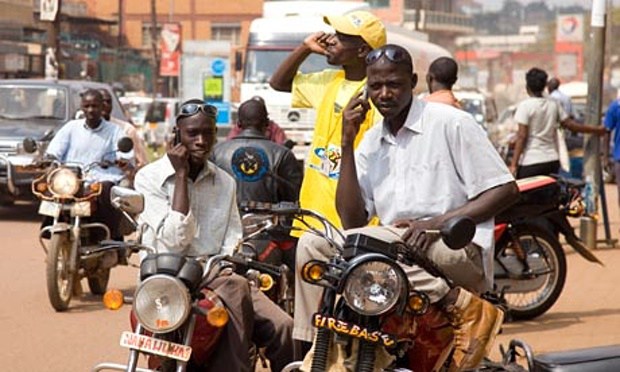
Global organization unifying the mobile ecosystem to discover, develop, and deliver innovation that helps business and society thrive, GSMA, in its report titled ”The Mobile Economy Sub-Saharan Africa 2023”, revealed that Nigeria and Ethiopia will account for almost a third of 200 million mobile subscribers in Sub-Saharan Africa by 2030.
The GSMA disclosed that there has been a steady growth of unique mobile subscribers in Sub-Saharan Africa, noting that mobile connectivity in the region has continued to drive digital transformation and socioeconomic advancements.
The report reveals that mobile penetration in Sub-saharan Africa will reach 50% by 2030, however, it will be much lower than the global average of 73% by the same year. Within the region, the penetration rate will be highest in Mauritius at 93% of the population.
Register for Tekedia Mini-MBA edition 19 (Feb 9 – May 2, 2026): big discounts for early bird.
Tekedia AI in Business Masterclass opens registrations.
Join Tekedia Capital Syndicate and co-invest in great global startups.
Register for Tekedia AI Lab: From Technical Design to Deployment (next edition begins Jan 24 2026).
In Sub-Saharan Africa, the mobile Internet coverage gap has narrowed to 15%, but the usage gap in the region is still significant, highlighting the impact of the barriers to mobile Internet adoption, including lack of affordability and low levels of digital skills.
Also, there is a significant adoption of 4G connections in the region, as well as 5G, which has seen a sudden rise. 4G connections in the region are predicted to double by 2030.
This will be much driven by continued network upgrades and efforts to make 4G devices more affordable. This transition to 4G means that the number of connections on legacy networks (2G and 3G) will decline steadily in the coming years.
On the other hand, 5G is also gathering momentum in the region due to mobile network operators’ efforts to modernize and prepare their networks. In Sub-Saharan Africa, the momentum for 5G continues to grow. As of September 2023, 27 operators in 16 African markets have launched commercial mobile 5G services in the region, while several others have plans for 5G launch.
The network adoption is expected to grow more quickly in the second half of this decade, rising to 17% by 2030. GSMA reports that with the acceleration of 5G, Sub-Saharan Africa will have 226 million 5G connections in 2030, equivalent to an adoption rate of 17%, noting that Nigeria and South Africa will account for almost half of these connections.
It is worth noting that growing demand for the internet is catalyzing the growth of the 5G fixed wireless access (FWA) market in the sub-Saharan African region, with operators such as Orange Botswana and Telkom South Africa having launched commercial 5G FWA services.
Economically, 5G is expected to benefit Sub-Saharan Africa by $11 billion in 2030, accounting for more than 6% of the overall economic impact of mobile.
Much of the 5G benefit will materialize over the period to 2030, as some countries are in the early stages of deployment and 5G economic benefits will increase as the technology starts to achieve scale and widespread adoption.
Notably, 5G is expected to benefit most sectors of the Sub-Saharan African economy, depending on their ability to incorporate 5G use cases in their business. Over the period to 2030, 32% of the benefits are expected to come from the manufacturing sector, driven by applications such as smart factories, smart cities, and smart grids, and 29% from the services sector.
Meanwhile, despite the growing momentum of 5G in sub-Saharan Africa, the approach to the network in the region will need to account for the current connectivity landscape and unique market features that could affect the rollout and adoption of the technology.
This means that the region’s 5G network ecosystem players must find ways to deliver cost-effective and efficient 5G networks, balancing investment and value creation. This comes at a time when 3G is the most dominant technology in Sub-Saharan Africa (accounting for 55% of total connections in 2022) while 4G is already dominant in other regions, implying network and customer readiness for the transition to 4G.
In this context, the 5G rollout in Sub-Saharan Africa will likely arrive in phases, starting in areas with stronger demand for 5G services, such as densely populated areas, and then spreading to other locations as the business case for the technology improves.



